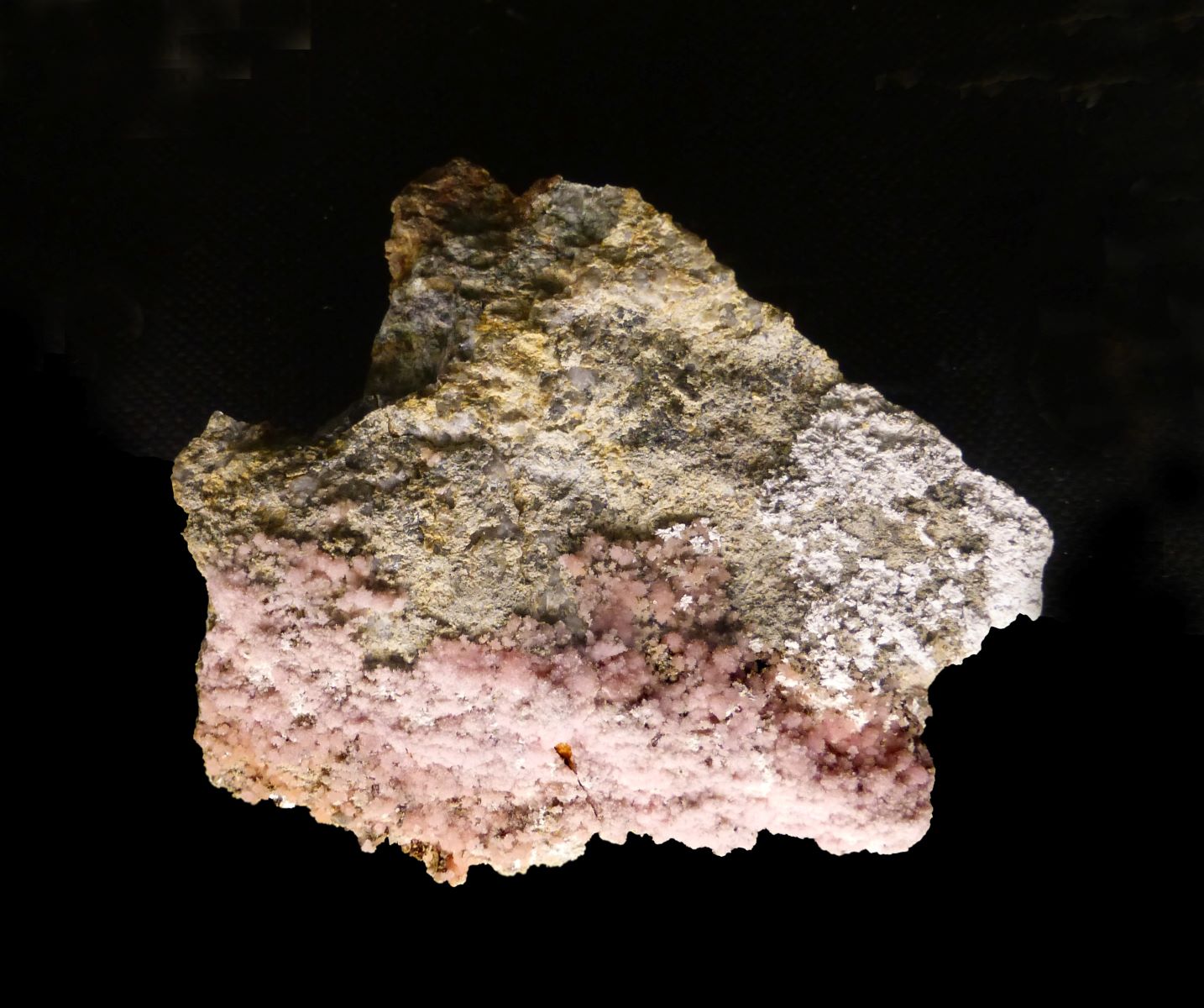
Fluckite might sound like a strange name, but this mineral holds some fascinating secrets. Found in specific geological environments, it’s a rare gem for mineral enthusiasts. Fluckite is a hydrated calcium arsenate mineral, often recognized by its unique crystal formations and vibrant colors. Its discovery dates back to the early 20th century, and since then, it has intrigued geologists and collectors alike. This mineral isn't just a pretty face; it has a complex chemical structure that makes it a subject of study in various scientific fields. Ready to learn more? Here are 30 intriguing facts about Fluckite that will spark your curiosity!
Key Takeaways:
- Fluckite is a rare, beautiful mineral with a glass-like appearance, found in specific locations like Germany and the United States. It's prized by collectors and has potential uses in research, industry, and even art.
- This mineral, named after Carl Fluck, forms in unique environments like caves and old mining dumps. It's not just a pretty rock - it's also studied by scientists and used in various fields, from geology to art and even alternative medicine.
What is Fluckite?
Fluckite is a rare mineral that has intrigued geologists and mineral enthusiasts alike. Its unique properties and formation process make it a subject of fascination. Here are some captivating facts about this mineral.
- Fluckite is a phosphate mineral that contains calcium, manganese, and iron.
- It was first discovered in Germany in the 19th century.
- The mineral is named after the German mineralogist Carl Fluck.
- Fluckite typically forms in oxidized zones of manganese deposits.
- It has a monoclinic crystal system, meaning its crystals are shaped like skewed rectangles.
- The color of Fluckite ranges from white to pale pink.
- Fluckite has a vitreous luster, giving it a glass-like appearance.
- The mineral has a Mohs hardness of 3.5 to 4, making it relatively soft.
- Fluckite is often found in association with other minerals like rhodochrosite and pyrolusite.
- It is considered a secondary mineral, meaning it forms from the alteration of primary minerals.
Formation and Occurrence
Understanding how Fluckite forms and where it can be found adds another layer of intrigue to this mineral.
- Fluckite forms in hydrothermal environments, where hot, mineral-rich water interacts with rocks.
- It is commonly found in manganese-rich deposits, often alongside other manganese minerals.
- The mineral can also form in sedimentary rocks that have undergone significant chemical alteration.
- Fluckite is relatively rare and is most commonly found in specific localities like Germany and the United States.
- It is often discovered in small quantities, making it a prized find for collectors.
- The mineral can also be found in old mining dumps, where it forms as a secondary mineral.
- Fluckite is sometimes found in caves, where it forms as a result of mineral-rich water dripping from the ceiling.
- It can also form in oxidized zones of ore deposits, where it is exposed to air and water.
- The mineral is often found in crystalline form, but can also occur as a powdery substance.
- Fluckite is sometimes found in association with fossils, where it forms as a result of the mineralization of organic material.
Uses and Significance
Though not widely known, Fluckite has some interesting uses and significance in various fields.
- Fluckite is primarily a collector's mineral, prized for its rarity and beauty.
- It is sometimes used in geological research to understand the conditions under which it forms.
- The mineral can also be used as an indicator mineral, helping geologists locate other valuable minerals.
- Fluckite has been studied for its potential use in industrial applications, such as in the production of fertilizers.
- The mineral is also of interest to environmental scientists, who study its formation to understand the impact of mining on the environment.
- Fluckite is sometimes used in educational settings, where it helps students learn about mineralogy and geology.
- The mineral is also of interest to gemologists, who study its properties to understand how it forms and how it can be used in jewelry.
- Fluckite is sometimes used in art and sculpture, where its unique color and luster make it a prized material.
- The mineral is also of interest to historians, who study its discovery and use in different cultures.
- Fluckite is sometimes used in alternative medicine, where it is believed to have healing properties.
The Fascinating World of Fluckite
Fluckite, a rare mineral, captivates with its unique properties and intriguing history. Found in hydrothermal veins, this mineral's striking appearance and chemical composition make it a subject of interest for geologists and collectors alike. Its rarity adds to its allure, making each discovery a significant event.
Understanding fluckite's formation and characteristics not only enriches our knowledge of Earth's geological processes but also highlights the diversity of minerals that our planet harbors. Whether you're a seasoned geologist or just someone with a curiosity for the natural world, fluckite offers a glimpse into the complexity and beauty of mineralogy.
Next time you come across a mineral collection or visit a geological museum, keep an eye out for fluckite. Its presence is a testament to the wonders hidden beneath our feet, waiting to be discovered and appreciated.
Frequently Asked Questions
Was this page helpful?
Our commitment to delivering trustworthy and engaging content is at the heart of what we do. Each fact on our site is contributed by real users like you, bringing a wealth of diverse insights and information. To ensure the highest standards of accuracy and reliability, our dedicated editors meticulously review each submission. This process guarantees that the facts we share are not only fascinating but also credible. Trust in our commitment to quality and authenticity as you explore and learn with us.
